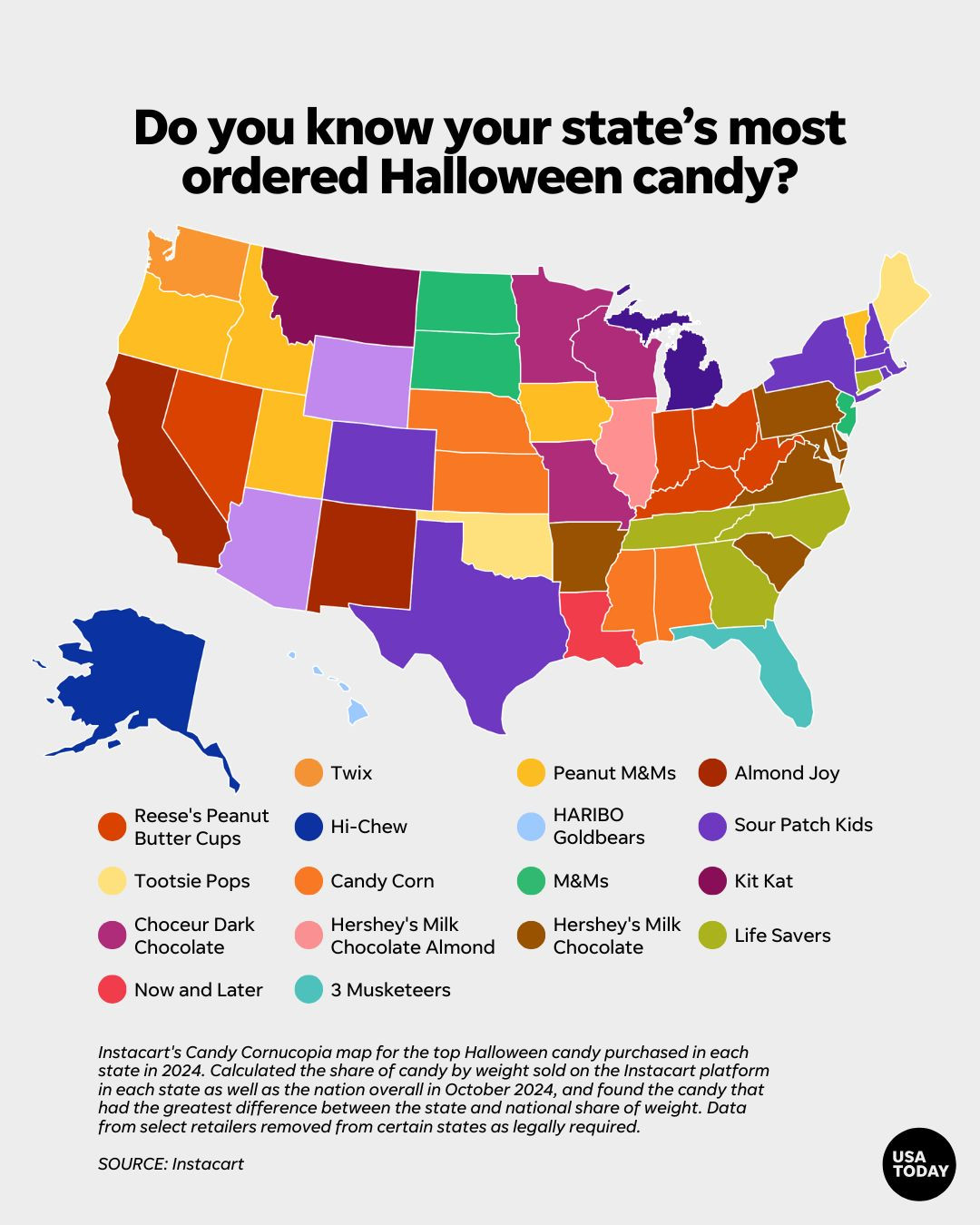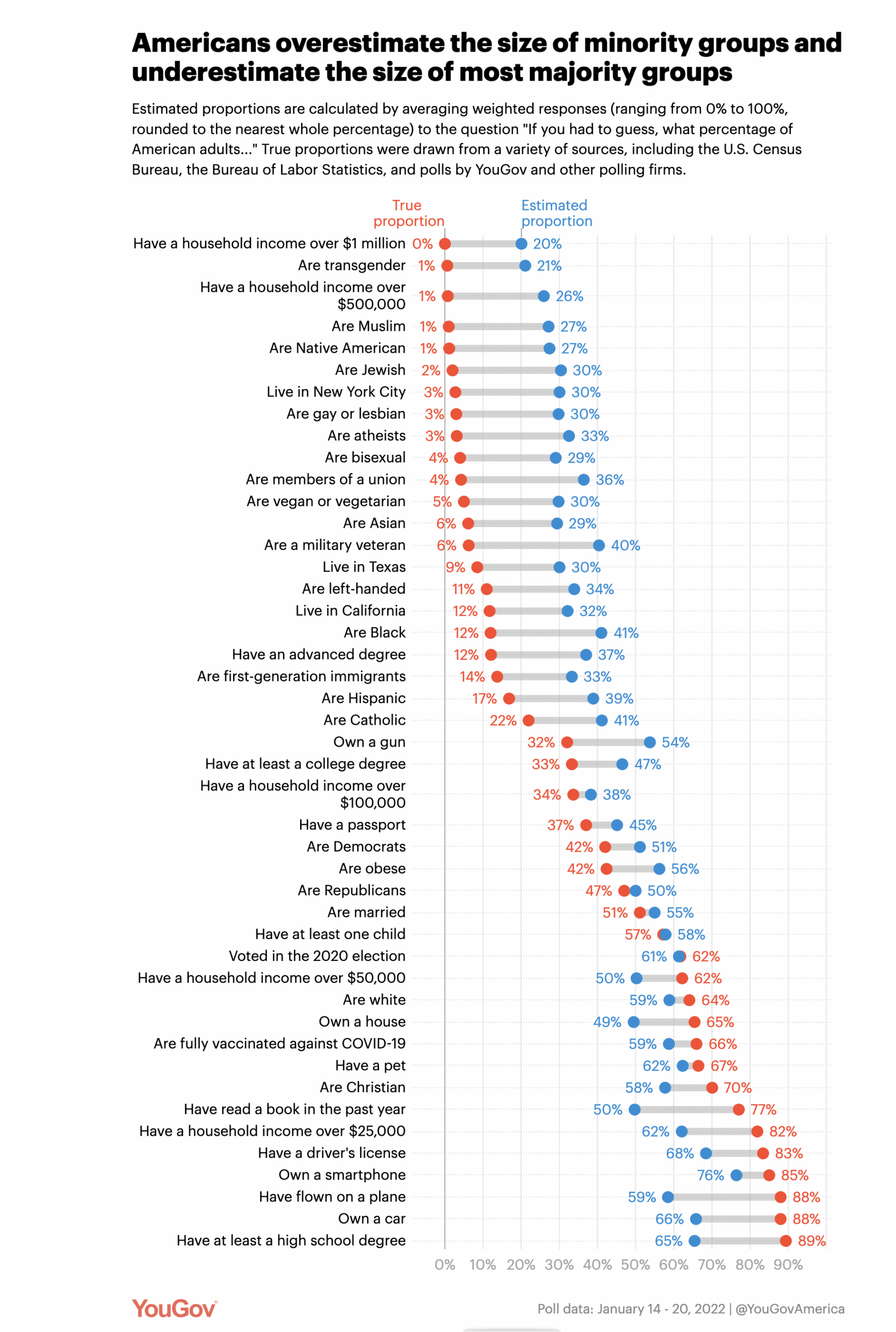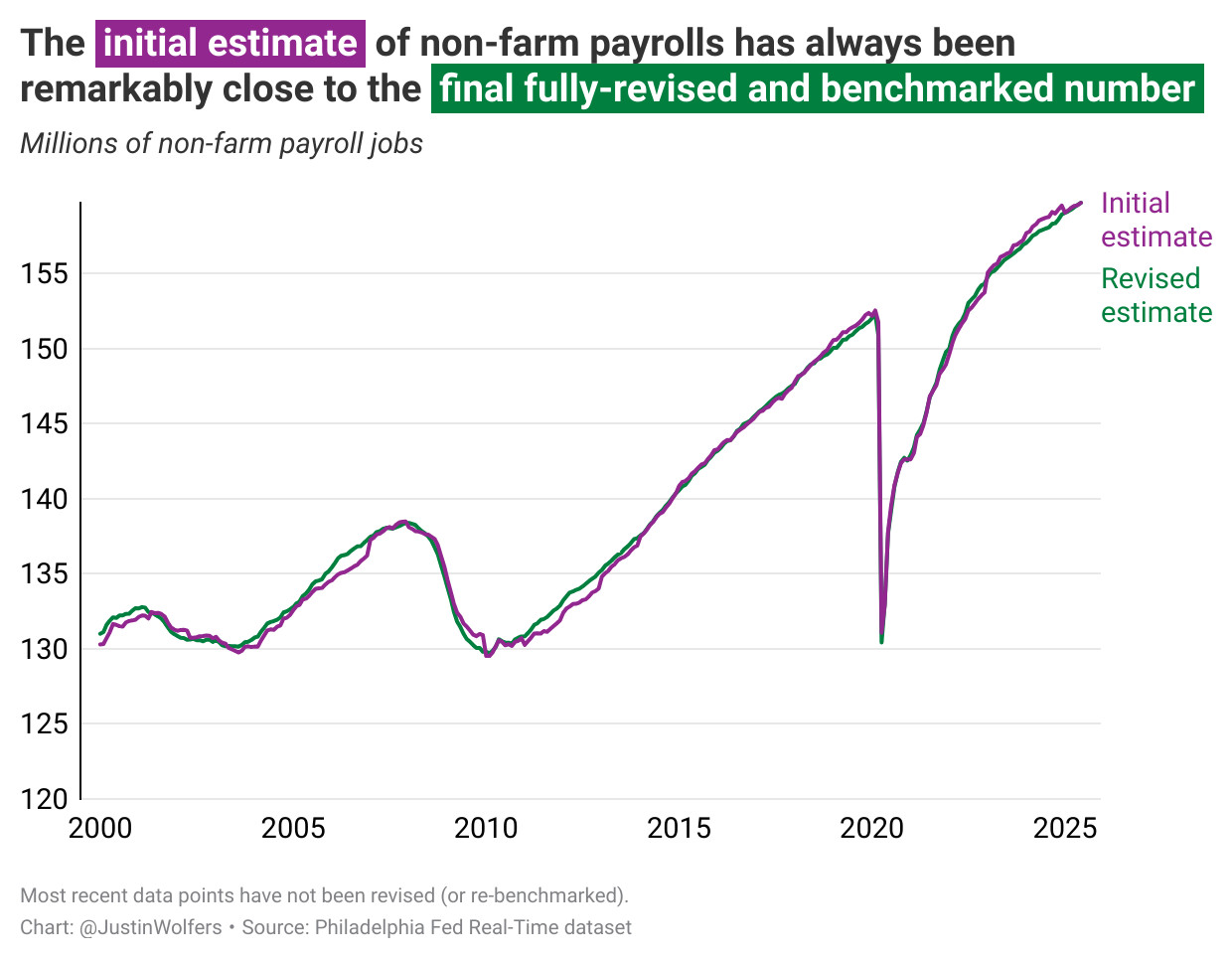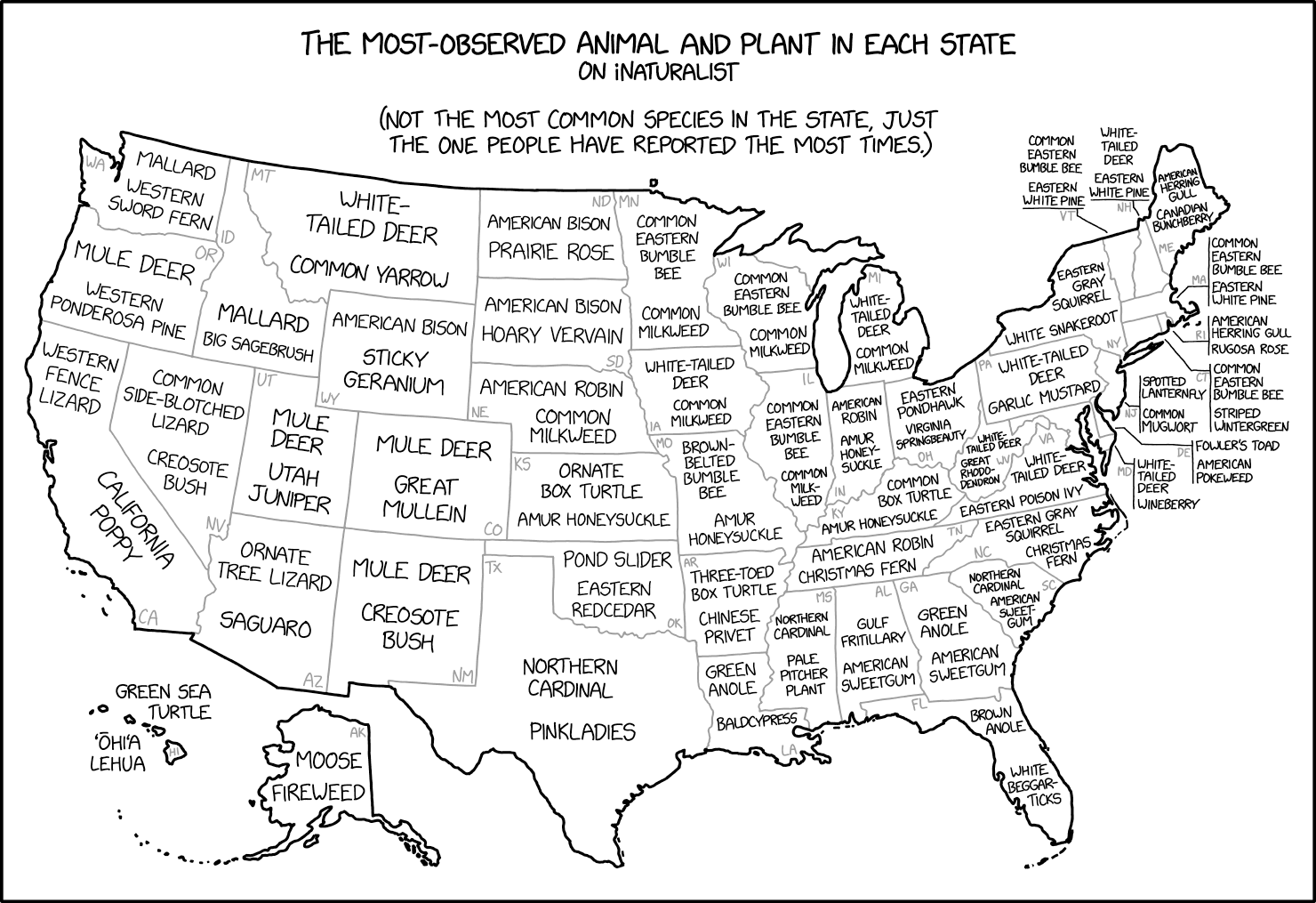R.F. Kennedy Jr managed to predict almost perfectly the day on which his research initiative would “find” “the” “cause” of autism. Of course, it’s easier when you don’t have to actually do any new research.
What do we actually know about paracetamol and autism or ADHD?
About a decade ago, there was a surprise finding of a fairly weak but not negligible correlation between paracetamol use during pregnancy and ADHD symptoms in the infant. A New Zealand study repeated this analysis and found the same answer, at which point it became a bit more interesting. There have been other replications since then. The correlation is reasonably well established. The problem is deciding what we can say about causation.
Clearly no-one has done a randomised trial where some pregnant people take paracetamol and others don’t, because that would be unethical and also no-one would volunteer to be in the trial. In the absence of randomisation, the question is how comparable the paracetamol and non-paracetamol infants would be otherwise. ADHD and autism diagnosis varies in frequency by all sorts of social factors, and there’s good evidence for a genetic basis in at least some cases of autism, so comparability is not automatic. Also, one thing we do know about all the pregnant people who took paracetamol is that they had a reason to take paracetamol (probably pain or fever). In contrast to alcohol or tobacco, no-one’s taking paracetamol just for fun.
So, at that point things were all a bit unclear. On the one hand, maybe you want to avoid paracetamol during pregnancy if you didn’t need it, on the other hand, you probably already were.
Last year, a very large study in Sweden reported its results. They also found a weak correlation between paracetamol use and ADHD and autism symptoms in the whole population. However, they went further than this. They did a study restricted to comparisons between siblings. Oversimplifying massively, you could imagine taking all the families with two children where paracetamol was used in pregnancy for just one child and not the other. You could then count up the number of families where the paracetamol-exposed infant had ADHD or autism and not the unexposed child, and vice versa. The point is that any other factor that differs between families will be the same for the two kids in the comparison and so can’t cause a correlation. This c0uld be a genetic factor, or some ethnic or social class difference, or access to health care, or many other things. (My description was oversimplified in the sense that they didn’t just use families with two kids, but also those with more than two, and they adjusted for variables that they know about and are different within a family. )
Importantly, this isn’t just a case of preferring a newer study or a bigger study. The fact that the Swedish study saw the broadly the same whole-population correlations as other research studies argues that there isn’t something different about Sweden or about their data collection. The fact that they didn’t see the same correlation when doing within-family comparisons argues that the correlation is caused by something that varies between families, not something about individual pregnancies such as paracetamol use.




